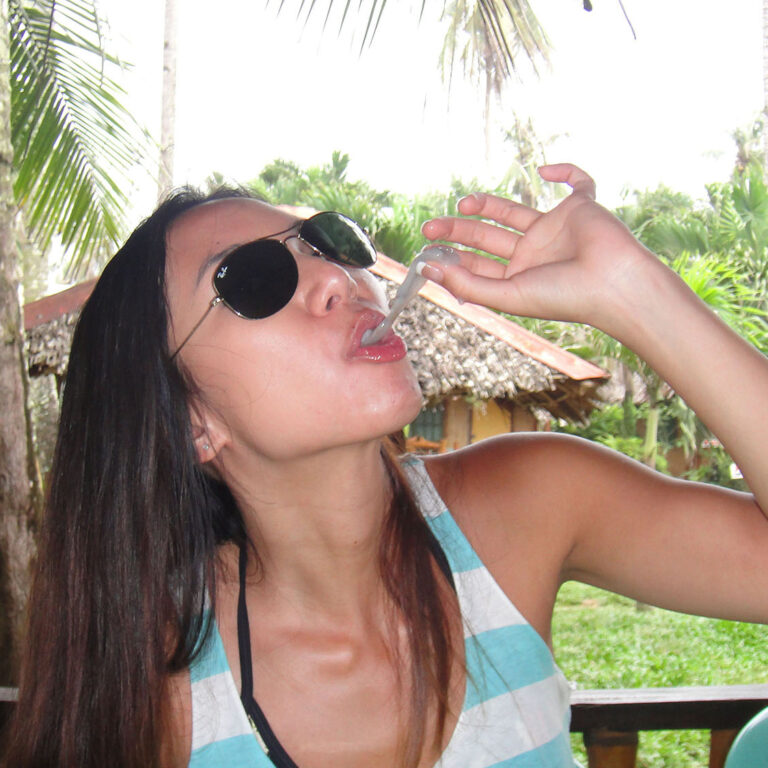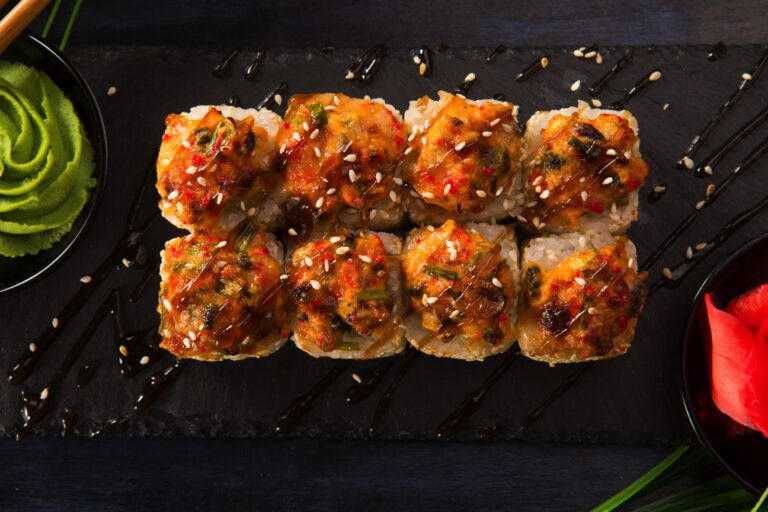
What is a Japanese sando?
Japanese sandos (a.k.a. Japanese sandwiches) is the Apple product of sandwiches. It is minimalist, clean and traditionally white. It’s a popular snack and lunch item in Japan. It consists of fillings such as meats, vegetables, fruits and/or spreads, sandwiched between two slices of crustless soft, fluffy white bread.
Origin
The history of Japanese sandos can be traced back to the 19th century, when bread was introduced to Japan by the Portuguese. Over time, the Japanese adapted the Western-style sandwich and made it their own, incorporating traditional ingredients such as soy sauce and pickled vegetables.
What are the different types of Japanese sandos?
Today, Japanese sandos come in many varieties, each with its own unique flavor and ingredients. One of the main things that all sandos have in common is that they are all served between two slices of white bread without crust. Some of the most popular types include:
- fruit sando: chilled slices of fresh fruit (e.g. strawberries, peaches, or grapes) and whipped cream between slices of soft, white bread
- chicken katsu sando / pork katsu sando: a fried, breaded chicken or pork cutlet served between two slices of white bread
- tamago sando / egg salad sando: a creamy mixture of boiled eggs, mayonnaise, and seasonings served between two slices of white bread
- wagyu sando: tender beef wagyu between two slices of white bread
- chicken teriyaki sando: grilled or pan-fried chicken, marinated in a sweet and savory teriyaki sauce, served between two slices of white bread
- beef curry sando: a slice of slow-cooked beef, served between two slices of white bread with a side of Japanese-style curry
- shrimp katsu sando: fried breaded shrimp served between two slices of white bread
Why are Japanese sandos cut without the crust?
Japanese sandos are often cut without crust since it’s seen as a sign of respect and appreciation for the ingredients and the presentation. Carefully removing the crust also helps to create a neater, more aesthetically pleasing appearance as well as a smoother, more uniform texture.
Additionally, the crustless style of cutting sandos is thought to have originated from the culture of bento boxes, where food is typically cut into small, bite-sized pieces. This style of cutting also helps remove any excess sandwich filling which helps the sandwich from falling apart.
This tradition of cutting Japanese sandos without crust has become a cultural staple and is widely accepted and expected by many consumers in Japan.
Where are Japanese sandos available?
Japanese sandos are widely available at convenience stores, bakeries, and food stands throughout Japan, making them a convenient and delicious snack or lunch option. They are also becoming increasingly popular outside of Japan, with many specialty shops and bakeries now offering their own take on the classic Japanese sandwich.
With their rich history, have a wide variety of options to choose from. Be sure to click the links of the specific types of Japanese sandos listed to find out exactly where you can get them and how to make them as well.











